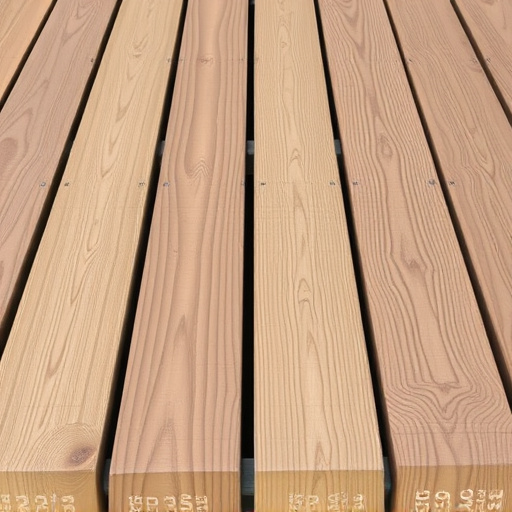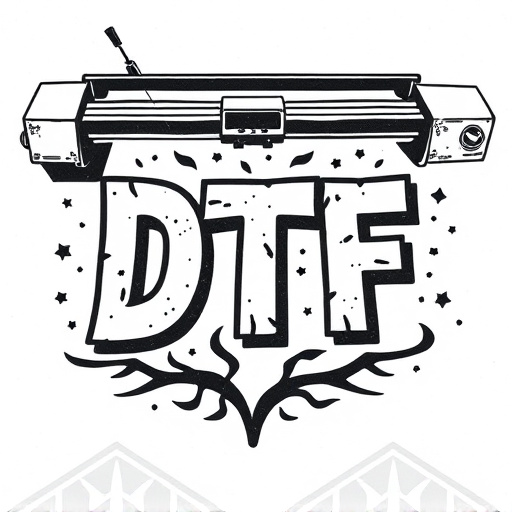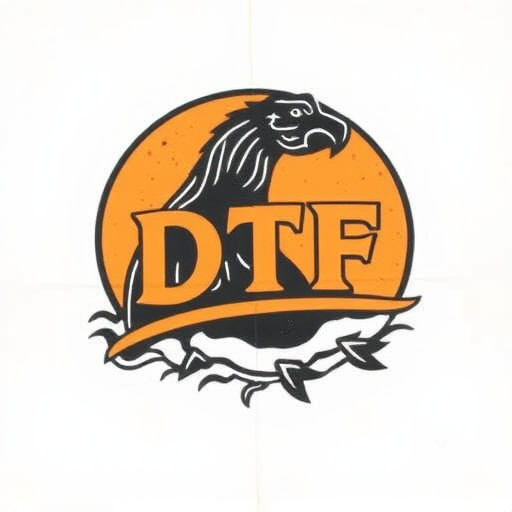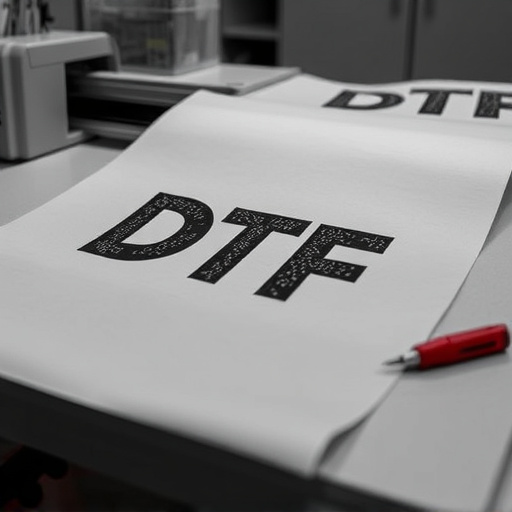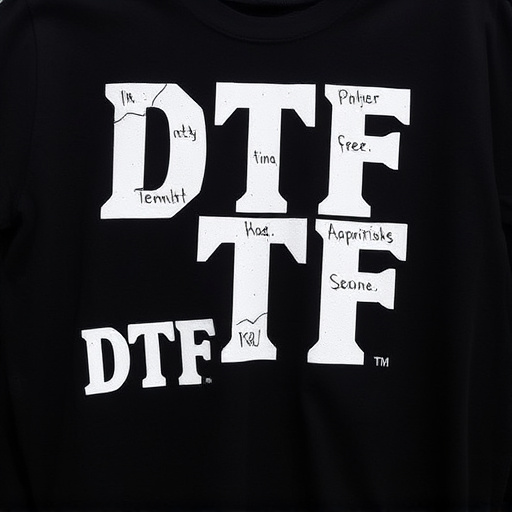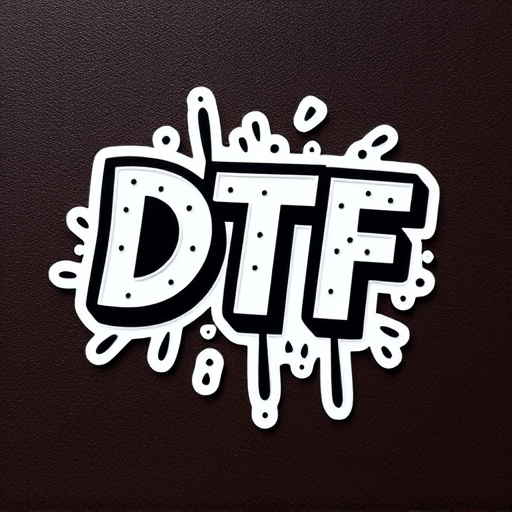Direct to Garment (DTF) printing has transformed fast fashion by enabling swift, efficient production of trendy, customizable clothing. This technology eliminates traditional steps, uses custom sheets to apply heat and press designs directly onto garments, and allows manufacturers to quickly respond to market trends, reducing waste, and offering personalized designs with high-quality prints. DTF transfers achieve faster turnaround times while maintaining design integrity, revolutionizing garment production for dynamic fashion demands.
“Discover how Digital Direct-to-Garment (DTF) printing is reshaping fast fashion markets. This innovative technology offers a swift and precise method for customizing garments, catering to ever-changing trends and consumer demands.
In this article, we explore the benefits of DTF printing, including its efficiency in small batch production and consistent print quality. We also delve into challenges faced by the industry and foresee potential future developments that could further revolutionize garment production.”
- Understanding DTF Printing: A Fast Fashion Solution
- Advantages for Market Demands: Efficiency and Quality
- Challenges and Future Prospects in Garment Production
Understanding DTF Printing: A Fast Fashion Solution
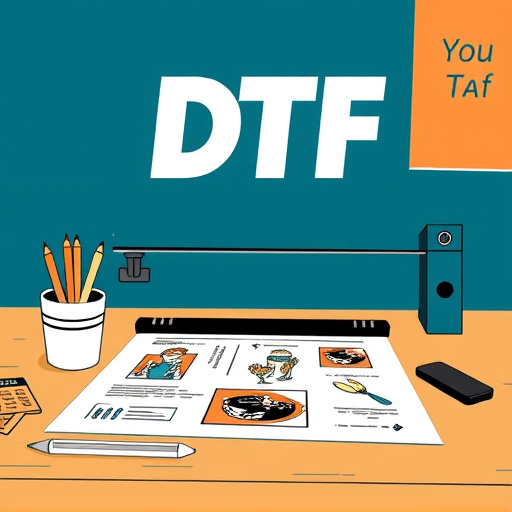
Direct to Garment (DTF) printing has emerged as a game-changer in the fast fashion industry, offering a swift and efficient method to meet the constant demand for trendy, customizable clothing. This innovative technique allows designers and brands to skip the traditional steps of screen printing or plaque making, enabling them to produce high-quality prints on various garment types with remarkable speed. With DTF printing, custom sheets are used to apply heat and press designs directly onto garments, resulting in vibrant and precise artwork.
By leveraging this technology, apparel manufacturers can swiftly respond to market trends and consumer demands, ensuring that the latest fashion styles hit the shelves promptly. Moreover, DTF for apparel provides an excellent level of flexibility, allowing for both small-batch production and on-demand printing, which is particularly advantageous in a competitive fast-fashion market. This method streamlines the manufacturing process, reduces waste, and enables brands to offer unique, personalized designs without compromising speed or quality.
Advantages for Market Demands: Efficiency and Quality
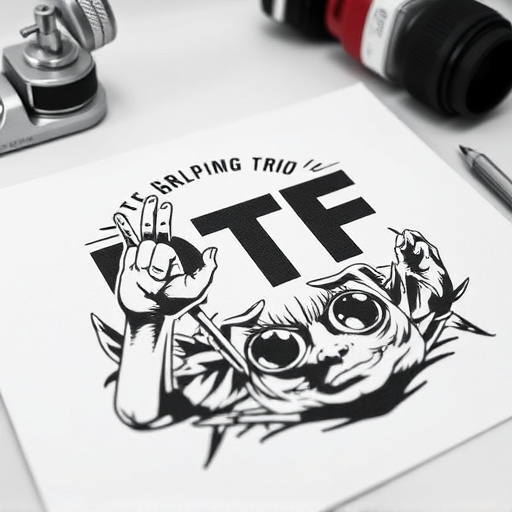
The advent of DTF Garment Printing has revolutionized the fast fashion industry by offering a solution that seamlessly combines efficiency and quality. This cutting-edge technology enables clothing brands to meet market demands with speed and precision, producing high-quality prints on a variety of fabrics, from cotton tees to lightweight silks. By streamlining the production process, DTF (Direct to Fabric) transfers ensure faster turnaround times without compromising on design integrity.
This method is particularly advantageous for clothing brands looking to quickly update their collections or create limited-edition pieces. With DTF printing, intricate and detailed logos can be effortlessly replicated onto garments, enhancing brand identity and allowing for dynamic and unique designs that capture the latest trends in fashion. Its versatility makes it suitable for a range of light fabrics, ensuring clothing brands have a versatile tool to cater to diverse consumer preferences.
Challenges and Future Prospects in Garment Production

The fast-paced nature of the fashion industry presents unique challenges in garment production, especially with the ever-evolving trends and demands of consumers. Traditional printing methods often struggle to keep up with the speed required for fast fashion, leading to longer lead times and potential stock shortages. This is where DTF Garment Printing emerges as a game-changer. By enabling efficient and versatile customization, it meets the industry’s need for quick turnaround times.
Looking ahead, the future of garment production may lie in further integrating advanced printing technologies like DTF transfer and cold peel dtf transfers. These innovations promise to enhance productivity while minimizing waste, ensuring that designs can be swiftly adapted to various garments, including popular items like hoodies. As technology advances, we can expect a seamless blend of creativity and efficiency, revolutionizing the way fashion is produced and catering to the dynamic market demands.
DTF garment printing has emerged as a game-changer in the fast fashion industry, offering efficient and high-quality production solutions. By understanding its capabilities, addressing challenges, and embracing future prospects, brands can meet market demands while maintaining competitiveness. The adoption of DTF printing technologies is a strategic move towards sustainable and dynamic garment production, ensuring that fashion trends remain accessible and appealing to consumers worldwide.






